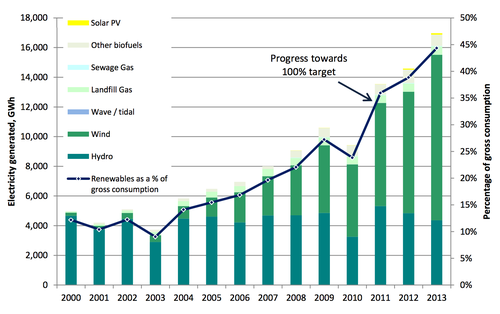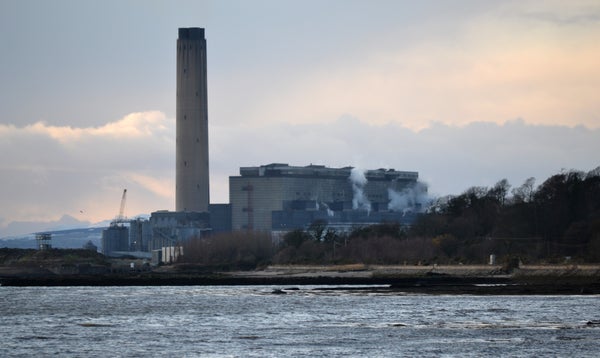This article was published in Scientific American’s former blog network and reflects the views of the author, not necessarily those of Scientific American
At 3pm on March 24, the last coal-fired power plant in Scotland was taken out of service. The 2.4 Gigawatt (GW) Longanett Power Station in Fife, north of Edinburgh, had been in operation since 1969. Its closure is a significant step toward Scotland’s goal of supplying 100% of its electricity demand using renewables by 2020.
When it came into service, Longanett Power Station was the largest power plant in Europe and it would go on to burn through more than 177 million tonnes of coal over its lifetime. The closure was announced last summer after by Scottish Power, who cited high grid connection charges as the major reason for its closure. According to Neil Clitherow, chief executive of retail and generation at Scottish Power, the company had “explored every potential option to keep the station open” but that the conditions just weren’t right.
In 2015, more than half (57.7%) of electricity consumed in Scotland was produced using renewables, up from 32% in 2013 and reflecting tremendous growth in wind power in Scotland.
On supporting science journalism
If you're enjoying this article, consider supporting our award-winning journalism by subscribing. By purchasing a subscription you are helping to ensure the future of impactful stories about the discoveries and ideas shaping our world today.

Credit: The Scottish Government. “Energy in Scotland 2015"
